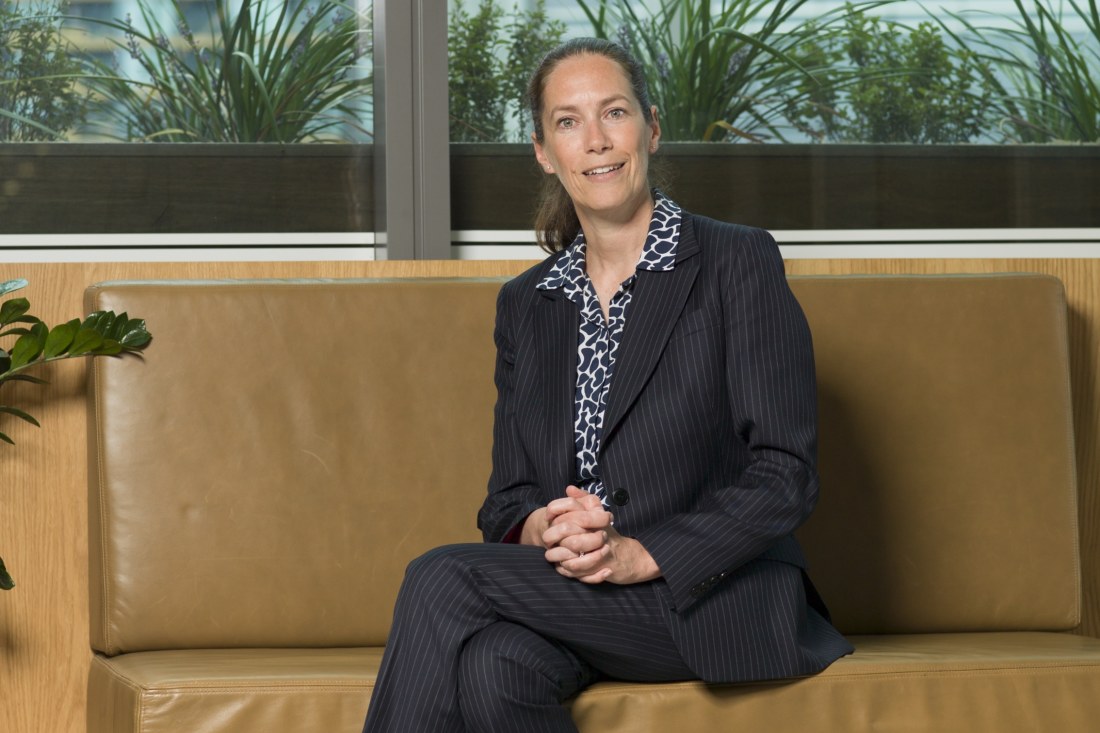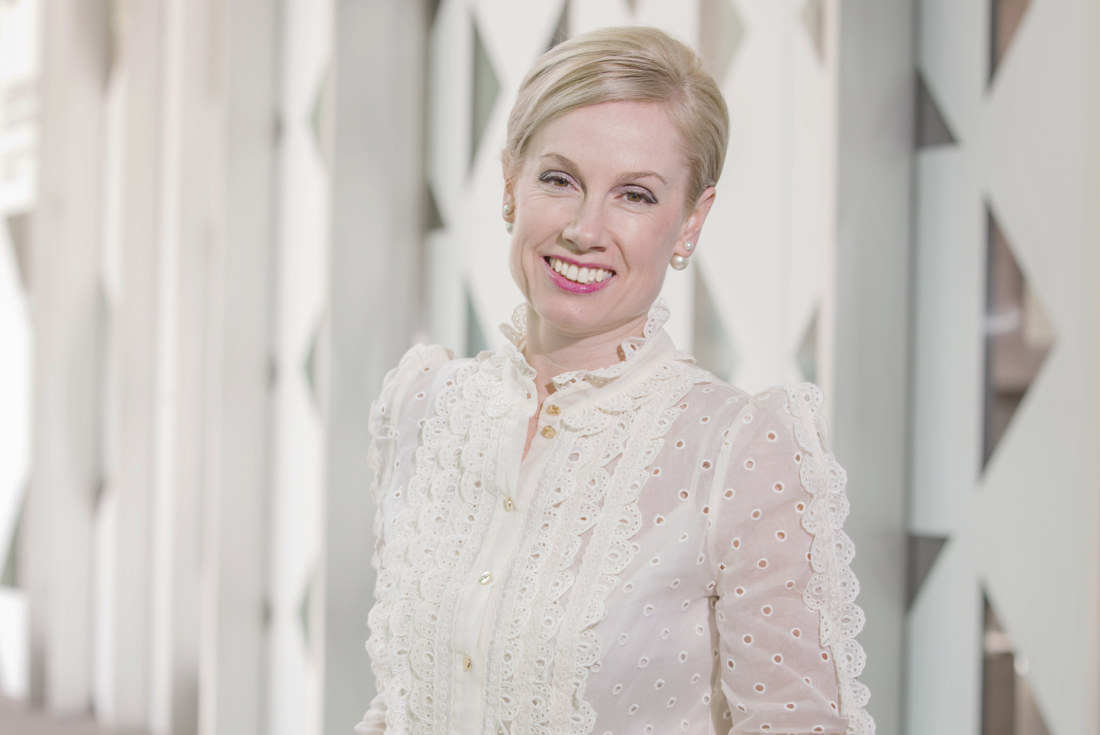How the $3m super tax whack might hit property investors
Plans to tax unrealised gains on super balances have investors considering options. Here’s what calculations about the potential impact of the tax show.
Somebody with a $1 million investment property in their superannuation could have to pay an additional $778,760 in tax over 10 years under Labor’s plans to tax earnings on balances above $3 million at 30 per cent, according to analysis for AFR Weekend.
The potential tax hit from the proposed changes is alarming wealthy super savers and forcing some to make choices between low-yielding income or higher capital growth strategies, financial advisers say.
Many are also seriously considering alternative investment structures such as discretionary trusts and companies, despite the rules not coming into place until July 1, 2025.
The $778,760 tax impost – based on exclusive analysis by consultancy BDO – would apply to a property worth $1 million today that produced low yield (via rental income) but high capital growth (20 per cent a year) and was held for 10 years by a super fund in pension phase. A property with less capital growth of, say, 5 per cent, would result in a tax hit after 10 years of just over $94,000.
Attempts to pinpoint the financial tipping point where family trusts or private companies could replace super as the most efficient investment platform are “blowing up spreadsheets” because of “infinite variables”, advisers say. As an example, if the property with 20 per cent annual capital growth was held in a company structure, says BDO, the tax hit after 10 years would be $105,000.

Investors will need to consider options, says BDO partner Chris Balalovski. Louie Douvis
The potential shake-up of super strategies follows Labor’s decision to increase the tax on earnings for super balances above $3 million. Earnings will be taxed at a headline rate of 30 per cent, double the current rate of 15 per cent for those in accumulation phase.
“The higher the capital growth, the worse off investors will be in the new super regime,” says BDO partner Chris Balalovski. “But identifying the tipping point where super is less attractive than investing elsewhere is blowing up spreadsheets.”
Advisers say this year’s removal of stage three tax cuts for the $45,000 to $200,000 tax bracket is making it even more complicated to assess the merits of using investment structures other than super.
“The range of options for super members is complex and requires detailed planning,” says Tristan Bowman, a partner with private wealth manager Cameron Harrison. “We are already working with clients to put a plan in place before July 2025.”
Investors with multimillion-dollar lump sums, such as from the sale of a family business, are considering alternatives to super because of the unrealised capital gains risk, says Josh Chye, a partner with HLB Mann Judd.

Kellie Davidson, of Pitcher Partners, alerts investors to the need to revalue assets. Elke Meitzel
Kellie Davidson, a partner specialising in wealth management with Pitcher Partners, warns investors against strategy or investment changes before the changes become law, adding there could be delays, amendments, or even a revoking of the plan.
What are your options?
The accompanying table highlights the potential complexities for an individual with a $3 million super balance with an additional $1 million to invest in cash, property or equities over five and 10 years.
It shows the tax liabilities for the extra $1 million based on an investment held by a private company, by a super fund in pension mode in the current system, and by a super fund in pension mode under the proposed new regime.
For illustrative purposes, it is assumed there is no indexation of the $3 million cap.
Cash: An investor earning 5 per cent interest on $1 million cash will pay $75,000 tax over five years and $150,000 over 10 years if the money is held in a company. (This assumes the interest is withdrawn annually.) But there would be no additional tax if held in super as there is no capital growth.
Equities: Let’s look instead at the outcome if the investor bought $1 million of shares. There would be no additional tax payable if the shares were bought and held under a company structure.
Within the current super system, the investor would receive fully franked dividend refunds of $75,000 over five years and $150,000 over 10 years.
But after the proposed changes, the investor would be liable for more than $148,000 and nearly $629,000 in additional tax for unrealised gains over five and 10 years respectively. This is based on annual capital growth of 20 per cent.
For a share portfolio yielding 5 per cent annual capital growth, the investor would receive $34,000 or $56,000 in tax credits over the same periods.
Property: An investor with a company buying and holding a $1 million property yielding 3.5 per cent rent and capital growth of 5 per cent will be liable for $52,500 tax over five years and $105,000 over 10 years on rental income. This would be the same if capital growth was 20 per cent a year.
If held in super under the current rules, no extra tax would be payable.
But under the new regime, the liability would increase to around $223,000 and nearly $779,000 over five and 10 years respectively. The tax bill would be less if capital gains were lower.
How to get ready
Liam Shorte, director of Sonas Wealth, a self-managed super fund specialist, recommends creating a cash or fixed-interest buffer to meet increased liabilities and to avoid the risk of a “fire sale” to raise funds to pay the tax.
Shorte says fund trustees should be aware of liquidity needs for up to three years, and avoid problems caused by having to dispose of commercial properties, which can take up to two years to sell, or equities to pay tax.
“Because you are taxing unrealised gain, those that have property or large share portfolios they do not want to sell, will need cash to deal with the increased tax liability,” he says.
Mark Chapman, a director of H&R Block, adds: “Valuation of assets will be crucial. Their significance elevates when they directly influence member tax liabilities, as may be the case with this new tax.”
As the proposed tax is to apply to unrealised capital gains, there is an incentive to obtain a higher valuation of assets for the year to June 30, 2025 and a lower one on June 30, 2026.
“This could lead to some ‘valuation shopping’ among SMSF trustees,” Chapman says.
Alternatively, those who are retired and close to the $3 million threshold could withdraw assets to get below the $3 million and invest the money outside super, says BDO’s Balalovski.
For example, a couple with $3 million each in super and a combined $720,000 in cash deposits could earn $18,000 each from accounts earning 5 per cent and remain under their tax-free threshold, says Alex Jamieson, founder of AJ Financial Planning.
But it is not a guaranteed return, as poor investment performance or falling interest rates could mean diminished returns.
Who should consider a trust
“Decisions will need to be made about the most appropriate structure to hold investments, such as property and unlisted assets, which sometimes make up a disproportionately large position in a portfolio,” says Pitcher’s Davidson.
“The taxing of unrealised gains in superannuation may drive individuals to seek other structures because of their flexibility, such as trusts.”
Trusts offer options for asset protection and lower tax on distributions, such as directing income to beneficiaries who earn little or no income.
Cameron Harrison’s Bowman adds: “Discretionary trusts are making a comeback for those high net-worth superannuates that have little taxable income in their own name. The lower 16 per cent tax rate will help.”
For example, a couple with $4 million in super could put $1 million in their family trust. Investments earning 7 per cent, or $70,000, and distributed equally between spouses will attract a combined $5400 in tax at an effective tax rate of 7.7 per cent (excluding Medicare).
Davidson adds the need to revalue and pay tax on unrealised gains annually in super “is potentially problematic”.
“Already I have clients considering future property purchase intentions and choosing to hold these in a trust rather than a self-managed super fund,” she says.
When a company is right
According to Michael Hutton, wealth management partner at HLB Mann Judd, companies provide asset protection, flexibility and estate planning advantages over a trust.
Setting up a company can cost less than $1000, with annual costs of around $4000 for accounting and tax returns, depending on the provider and the complexity of the underlying assets.
There are also regulatory fees and administration duties, such as maintaining records of assets bought and sold.
There is a flat company tax rate of 30 per cent. Franking credits can offset some tax payable on dividends. In addition, only realised capital gains are taxed.
Hutton says: “The benefit of a company over a trust is that income can be reinvested and accumulated. There is no requirement to declare dividends.
“That contrasts with a trust where the trustees need to allocate profits as distributions that can be taxed up to 47 per cent for individuals.”
He says companies have a flexible structure and lending money to a company for it to invest is simple, as is reinvesting of future profits.
“Superannuation, by contrast, has contribution limits, and restrictions in relation to loans, accessibility, regulation of allowable investments, and audit obligations.”
Alternatively, an investment company can declare a dividend to a shareholder, including a family member on a low marginal tax rate.
In addition, loans to a company can be withdrawn tax-free. A company can also continue to operate after the death of an ordinary shareholder.
Trust distributions may be entitled to a 50 per cent reduction on capital gains tax for assets held for more than 12 months.
But Cameron Harrison’s Bowman adds: “There is little benefit unless members have a high level of taxable income outside of superannuation and earnings are deliberately accrued with the company.”
Investment bond strategy
Investment bonds are becoming a popular talking point with investors considering other investment structures, particularly those not requiring access to capital during the next decade, say advisers.
Bowman says: “The major advantage is that earnings are taxed at company rates but without any ‘top-up’ tax paid by investors when they ultimately take the capital out.”
That means investment earnings are taxed at 30 per cent, but the effective rate can be lower depending on the level of imputation tax credits generated from the underlying Australian shares and tax management by the product issuer.
Grant Hackett, chief executive of Generation Life, says effective tax on its bonds is typically between 12 per cent and 15 per cent for a broad range of equity and diversified investment strategies.
Bowman says investment bonds are particularly useful for investors over 60 and unlikely to need the capital for 10 years. “In that case, capital can be taken out of super and invested in an investment bond.”
Bonds can be redeemed tax-free after 10 years. In addition, each year up to 125 per cent of the previous year’s contributions can be made without resetting the 10-year term.
Investors can choose between strategies ranging from property and shares to fixed interest and cash.
Emma Sakellaris, chief executive of Foresters Financial, says investors closer to retirement age can change investments to a lower-risk option.

Foresters Financial chief executive Emma Sakellaris says bonds have advantages.
“Because tax is paid within the fund, the investor does not have to pay tax on the way out when they start an income from it after 10 years. The amount of money taken out each year can be adapted without impacting entitlements,” she says.
Don’t forget super splitting with spouse
Couples – including spouses and those living in long-term relationships – might be able to duck the super cap by transferring assets.
For example, if one partner has $3.25 million, the member with the high balance could withdraw $250,000 and contribute it to the account with the lower balance. Their combined balance of $3.25 million stays the same, and they avoid the extra 15 per cent tax.
But those considering this strategy need to navigate complex super rules and might need expert advice.
This strategy assumes the couple are over 65 or have met conditions of release, such as retiring from full-time employment.
Hutton adds: “It is complicated as it requires taking money out of one account, satisfying rules, and then contributing to other, satisfying rules around that.”
Estate planning opportunities
Bowman says tax changes may be an opportunity to bring forward intergenerational wealth transfers.
For example, a 70-year-old super member with $3.9 million in super and three adult children could use the $900,000 “excess” as a tax-free withdrawal and gift it to children.
The children could each invest $300,000 into superannuation as a tax-free contribution using the “bring forward” non-concessional contribution caps. This way the 15 per cent tax on death for assets paid to non-dependent beneficiaries could be avoided.
Another option is to consider a testamentary trust – used in wills to distribute income to spouses and children who earn no other income.
For example, a trust can distribute income to children under 18 at ordinary adult marginal rates (including the $18,200 tax-free threshold, rebates and offsets), which means the total amount that can be earned by a beneficiary before tax is around $25,000 a year.
Those considering investment companies can also take advantage of asset protection and estate planning advantages.
Hutton says: “Because companies are perpetual, they live on when the key people die. Shares (ownership) can be transferred according to the deceased shareholder’s wishes and daily control (via directors) can be replaced.”
Subscribe to gift this article
Gift 5 articles to anyone you choose each month when you subscribe.
Subscribe nowAlready a subscriber?
Introducing your Newsfeed
Follow the topics, people and companies that matter to you.
Find out moreRead More

Latest In Personal finance
Fetching latest articles